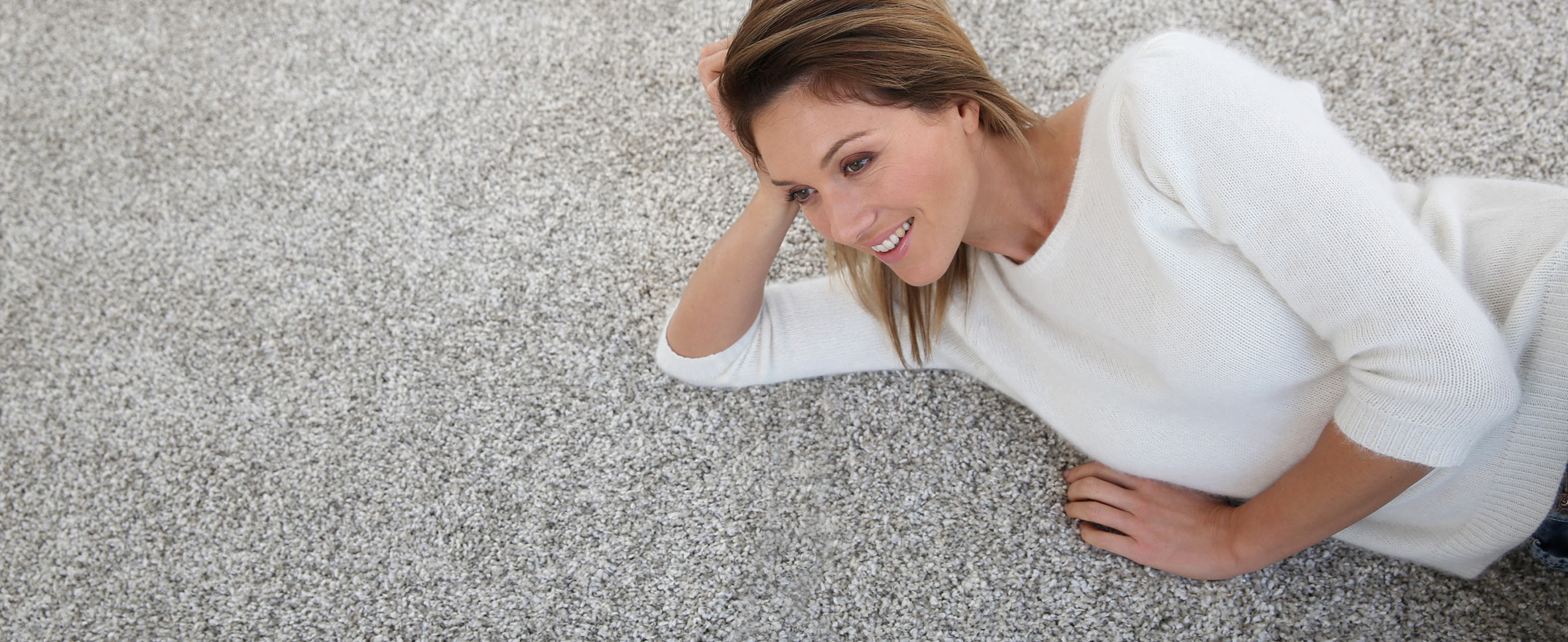Wondering how to clean laminate floors and keep them looking great for years? While your laminate floors may look as good as hardwood floors, that doesn’t mean you should clean them the same way. The best way to clean laminate floors is not the same method you would use to make those oak planks shine. Laminate floors need special care because unlike hardwood, the surface can’t just be refinished in the case of stains or damage. To avoid pricey replacements, it’s critical to maintain your floors and treat them with care. (That means no stilettos!) Whether you have new laminate floors or just want your existing surface to look as good as the day it was installed, here’s how to clean laminate floors like a pro.
1. Do read the cleaning instructions that come with your laminate flooring.
Before you get cleaning, consult the manufacturer’s instructions for your floors. The brand may have specific recommendations based on the materials used. Most companies have detailed product guides and instructions on how to clean laminate floors on their websites.
2. Don’t let stains sit on the floor.
Tackle spills as they happen. The best way to avoid stains is to wipe up spills immediately. Liquids can damage laminate floors, so it’s critical to minimize exposure to them.
3. Don’t use abrasive tools.
Laminate floors can scratch, so steer clear of anything abrasive (steel wool, for example). You’ll want to use a soft-bristle broom or dust mop to sweep up debris. If you’re vacuuming, be careful to use an attachment without a beater bar or rotating brush, which could scratch the surface.
4. Do (carefully) mop your laminate floor every two months.
To keep your laminate floors fresh, mop them every two months. Damp mops (a.k.a. microfiber mops) are gentle enough to use on laminate floors. If you’re going to use a regular mop, just wring it out until it’s almost completely dry.
5. Don’t use too much water.
Traditional mopping is a no-no for laminate floors since the water can seep into the seams and cause damage (like swelling or floor bubbling). Pools of water can also cause staining or fading.
6. Do skip cleaning products that aren’t labeled as made for laminate.
Oil-based cleaning products can leave streaks and residue or damage the protective sealant of the floors. If you use laminate cleaner, do so sparingly and apply it to the mop or microfiber cloth rather than directly to the floor. Never use wax or polishes on laminate floors.
7. Do consider a DIY laminate floor cleaner.
You can make your own floor cleaner right at home. For regular cleaning, just combine a teaspoon of clear, unscented dish soap with a gallon of hot water. Another option? If your floor has developed a slight film or waxy buildup on it (which happens over time when the wrong cleaning products are used), you can instead combine a gallon of hot water with a cup of white vinegar. Vinegar, which is a natural cleaning agent, will break down the film without hurting the laminate surface. (Note: The same rules about water apply to either of these DIY solutions. Make sure your mop is only slightly damp and never let any water pool on the floor.)
8. Do add common household items to your laminate-cleaning arsenal.
For tough stains like candle wax or ink, the best cleaning methods are right at hand. Apply a plastic bag of ice to chewing gum and candle wax and remove with a plastic knife, scraper, or credit card once it has hardened. Tackle paint, ink, nail polish, and crayon with rubbing alcohol.
9. Do protect the surface from future damage.
To avoid future scratches, add furniture pads under the legs of chairs and tables, especially if they get moved frequently. Floor mats and rugs—particularly by entrances—will also help prevent wear and tear.
10. Don’t forget to throw down a welcome mat.
Dirt that gets tracked in from outside not only makes your floor dirty, but it can also damage the floor. The grit, for example, from a dirty shoe bottom can be one of the biggest enemies your laminate floor faces, as it dirties, dulls, and can even scratch. Stop dirt in its tracks with a welcome mat that offers visitors the opportunity to give their shoes a good wipe.
11. Do trim your pet’s nails.
True, this isn’t a “how to clean laminate floors” tip, but it is a solid “how to care for your floor” tip: Keep your pet’s nails trimmed! Your cat or dog’s nails can scratch up your laminate floor. Keeping a pet’s nails trimmed will prevent damage to your floor as they roam around.


